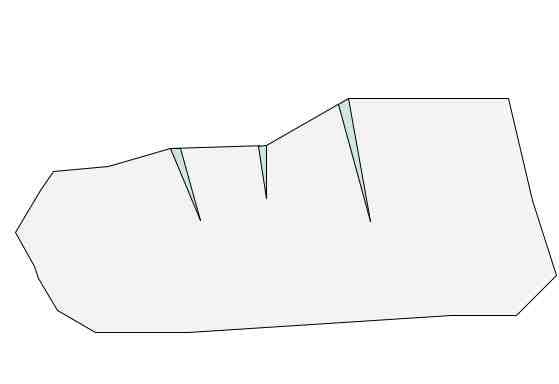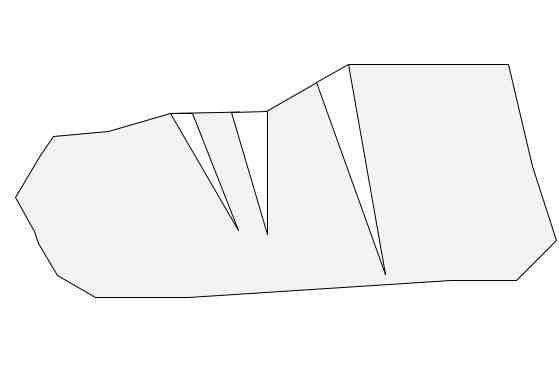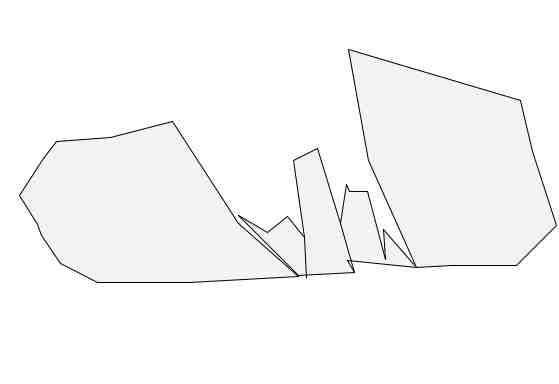The Stanes of Stofast were once one huge rock. The rock weighed
around 2,000 tonnes and was transported by a glacier. The rock
would have become embedded in the ice and flowed with it before
being dumped on the hilltop when the glacier started to melt. The
transport of rocks and other material in this way is called ice
rafting.
Rocks like the Stanes of Stofast are called glacial erratics
because they are different in either type, orientation or both from
the rocks surrounding them. Glacial erratics help geologists to
trace the direction of a glacier's flow by looking at the origin
and the final location of the rock. Some erratics have been found
to have been transported more than 300km (190 miles) from their
source. Others have been transported by more than one glacier.
The Stanes of Stofast are composed of Valayre Gneiss. Valayre
Gneiss is a metamorphic rock - this means a rock that has been
transformed by heat and pressure in the earth's crust. It contains
unusual and distinctive megacrysts (large crystals) of
feldspar.
The Stanes are large, but erratics can be much bigger. The
largest known is the Okotoks Erratic in Canada, 9 metres high, 41
metres long and 18 metres wide
The rock is now split in two as a result of frost action. First
water gets into a fissure in the rock, then expands as it freezes,
cracking the rock.

Rainwater collects in fissures in the erratic boulder

As the temperature drops the water freezes and expands, cracking
the boulder further

Eventually, after many cycles of this freeze and thaw action,
the boulder splits in two
At the co-ordinates answer the following questions:
1) Estimate the size of the gap where the rock has cracked
(between the two tallest parts) in metres.
2) Just northwest of the Stanes is a southeast facing outcrop of
rock. How does this rock compare to the Stanes and what does this
tell us about how far the Stanes have been moved?
3) The outcrop contains some large megacrysts. What is the
colour of these and what do you think they are?
4) (Optional) Take a photograph of yourself and/or your GPS with
the stanes but taking care not to reveal the answer to Question
1.
E-mail your answers to Q1, 2 and 3 to the cache owner and post
your photo in your log. No need to wait for a reply to the answers,
but we will delete logs if the answers aren't satisfactory, so you
may prefer to wait.